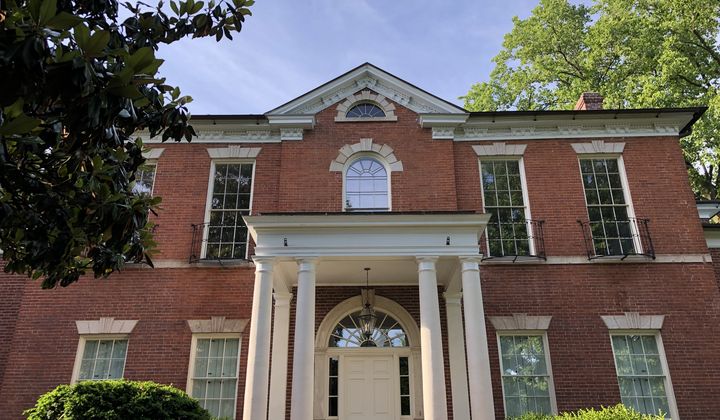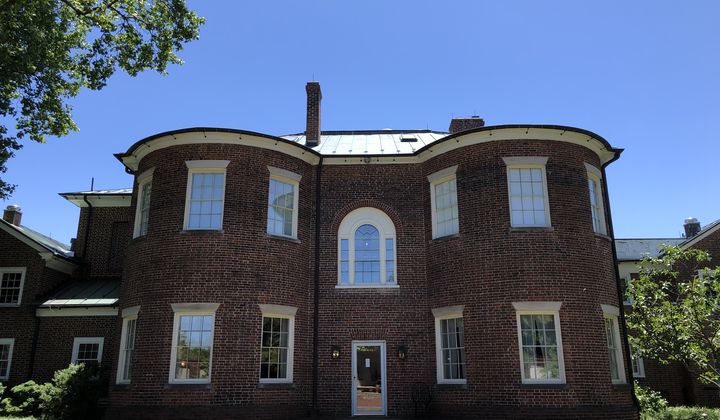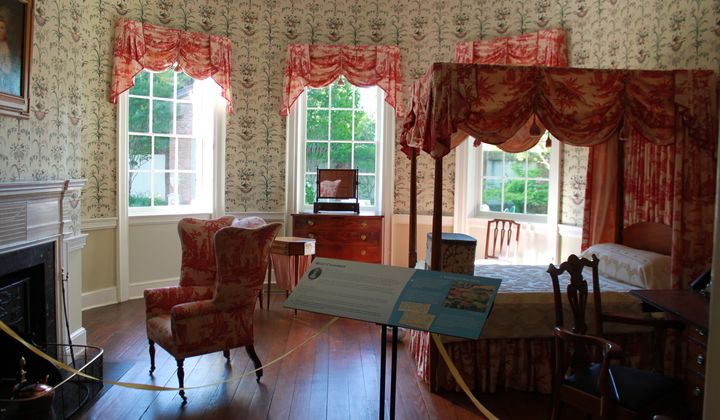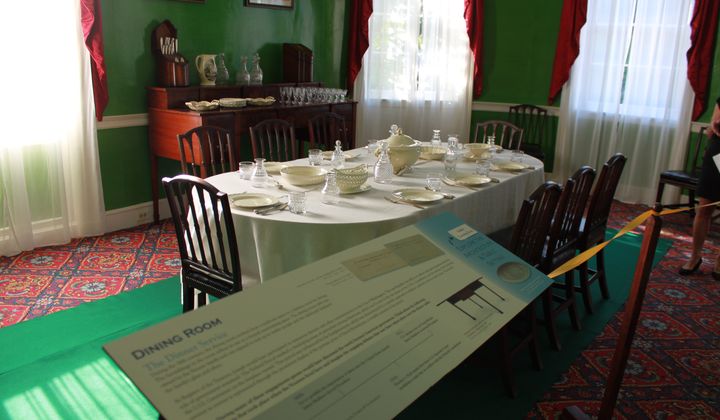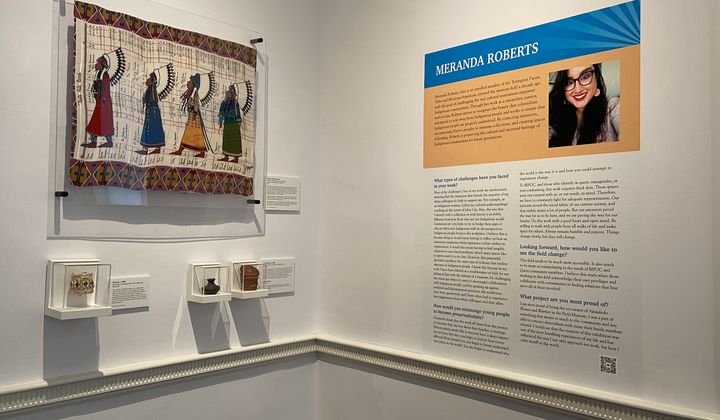Dumbarton House
2715 Q Street NW, Washington, DC 20007 - United States
Please bring your printed out Museum Day ticket for admission!
Dumbarton House stood witness to the birth of the American Republic as the government settled into the newly established built in 1799 on the heights of Georgetown, Dumbarton House was home of the first Register of the U. S. Treasury, Joseph Nourse, who resided here with his family and servants - free, indentured, and enslaved - from 1804-1813. Dumbarton House's period rooms and rotating exhibitions tell the stories of the early city of Washington and offers visitors a view of what life was like in the earliest days of our nation's capital.
In 1928, the National Society of the Colonial Dames of America (NSCDA) purchased the property as its national headquarters and opened the museum to the public four years later. As the headquarters of the NSCDA, Dumbarton House shares the stories of women in preservation. The NSCDA, through its Corporate Societies, owns, maintains, or supports over 80 historic sites and collections around the country.
Exhibits
Visitors to Dumbarton House return in time to when Joseph Nourse, first Register of the U.S. Treasury, and his wife Maria, made their home here, between 1804 and 1813. The first floor of the home is decorated and furnished to reflect their tastes, and the early history of Washington and Georgetown. In addition to our first floor period rooms, our second floor galleries include special exhibits around the history of D.C. and the NSCDA.
Power in Preservation
The Power in Preservation exhibit is a celebration of the role that women have historically played in the broad field of preservation. You will learn a little about the origins of the historic preservation movement in the United States and some of the earliest historic preservation organizations. Discover the preservation work done over the years here at Dumbarton House and meet Mrs. Henrietta Fairfax Morris Bonsal, a key, but mysterious figure from the museum’s history.
Making DC
In 1790, Congress established a new location for the United States capital along the banks of the Potomac with the passage of the Residence Act. They gave the government 10 years to complete the move and establish the infrastructure for the new city, to be named after the first President, George Washington. The location of the capital had moved between Philadelphia and New York and nothing guaranteed it would stay in DC. This exhibit tells the story of some of the people, politicians, craftsmen, and others who made the city home and how it came to be.
Dames of Dumbarton
This exhibit highlights the role of women in creating and preserving Dumbarton House. Among those highlighted are Susanna Woodrow (mother-in-law of Samuel Jackson, builder and first occupant of Dumbarton House, who may have funded the construction of the house), Sarah Louisa Rittenhouse (born in Dumbarton House in 1845 and a Georgetown preservationist), and Emily Cresson Newbold (the woman who sold Dumbarton House to the Dames, ensuring its future preservation). We hope you are able to stop by soon to read about the rest of the women and their involvement with Dumbarton House!
History’s Keepers: The Legacy of the NSCDA
This exhibit highlights the work of the NSCDA. Since 1891, The National Society of The Colonial Dames of America (NSCDA) has worked to inspire a spirit of patriotism and a genuine love of country by creating widespread interest in the stories of our nation’s founding and development. The legacy of the NSCDA is continued in the work of its 15,000+ members, placing it among the national leaders in preservation of historic sites, buildings, gardens, art, and artifacts. Today, Corporate Societies in 43 states and D.C., made up of 15,000+ women descended from leaders in colonial America, work together Entrusted with History’s Future.
Participation in Museum Day is open to any tax-exempt or governmental museum or cultural venue on a voluntary basis. Smithsonian magazine encourages museum visitation, but is not responsible for and does not endorse the content of the participating museums and cultural venues, and does not subsidize museums that participate.


